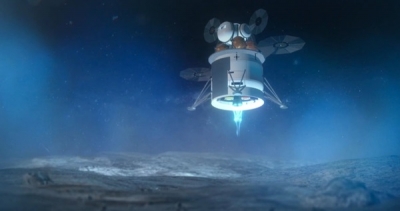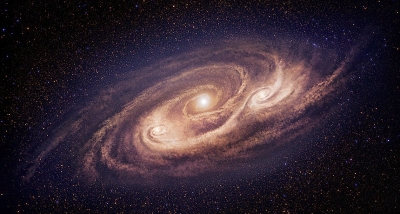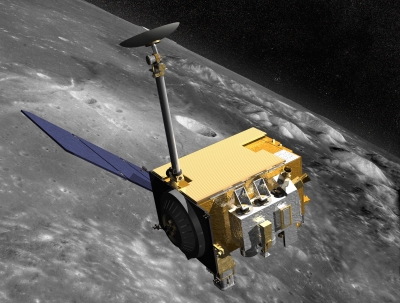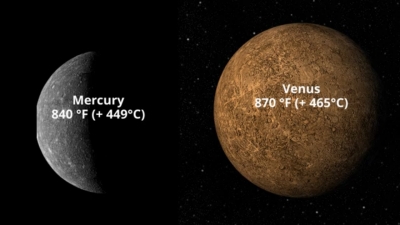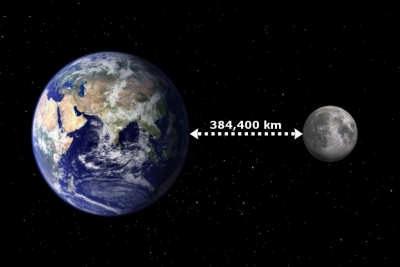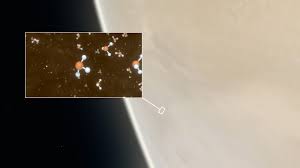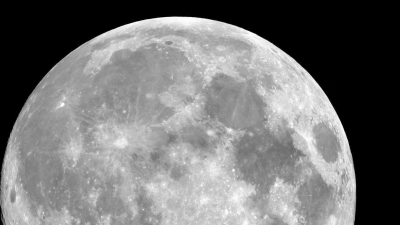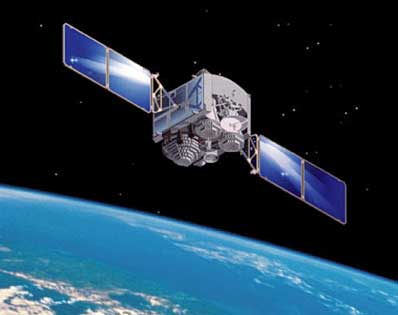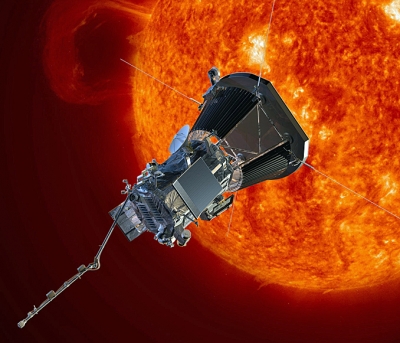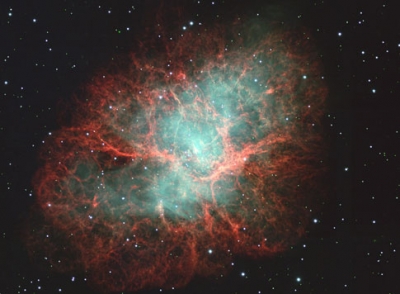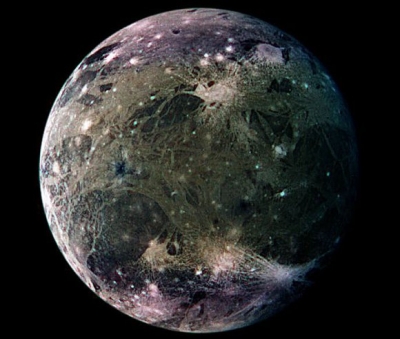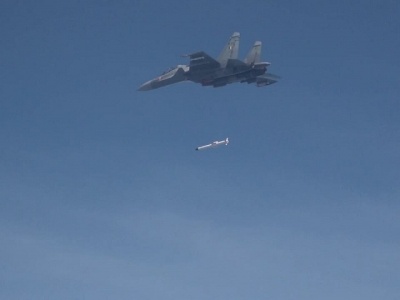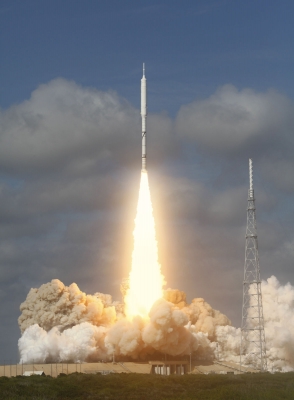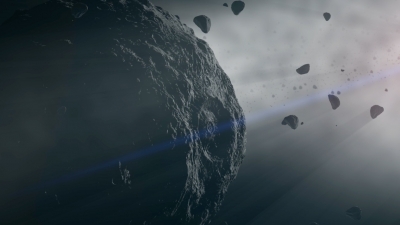
Over 200 million miles away from Earth, a spacecraft called OSIRIS REX studying the asteroid Bennu reached out its robotic arm to carry out a touch and go (TAG) manoeuvre at the site called Nightingale" to collect a sample from the asteroids surface on October 20. The one foot-wide sampling head made contact with Bennu's surface for approximately 6 seconds, after which the spacecraft performed a back away bum. The sample will be returned to Earth in 2023.
What's OSIRIS-REX mission all about?
NASA launched the sample-return mission OSIRIS REX (Origins, Spectral Interpretation, Resource Identification Security. Regolith Explorer) to the near Earth asteroid Bennu (officially 101955 Bennu) in 2016, OSIRIS-REX reached the proximity of Bennu in December 2018. It spent the next several months collecting and sending back data and images to help the NASA team on Earth learn more about the asteroid's composition. In August 2019, NASA selected four candidate sample sites, namely Nightingale, Kingfisher, Osprey, and Sandpiper. In December 2019, Nightingale was confirmed to be the spot to carry out the mission's primary goal of collecting sample from the asteroid's surface.
What are the other objectives of the mission?
1) Mapping the asteroid
2) Documenting the sample site
3) Measuring the orbit deviation caused by non-gravitational forces and
4) Comparing observations at the asteroid to ground-based observations.
What do we know about Bennu?
- Bennu is a near-Earth asteroid, discovered in 1999.
- It is as tall as the Empire State Building and located at a distance of about 200 million miles away from Earth.
- It is a potentially hazardous object. It has one in 2,700 chances of impacting Earth between 2175 and 2199.
- It is named after Bennu, an ancient Egyptian mythological bird,
- Bennu is a "rubble pile" asteroid, which is a grouping of rocks held together by gravity.
- Bennu completes an orbit around the Sun every 436.604 days and comes very dose to Earth every six years.
- Bennu contains carbonaceous material which hints at the presence of water sometime in its mysterious past.
- With the help of OSIRIS-REX, it was found that Bennu was ejecting material from its surface. Some of which fell back down, and some of which seemed to enter stable orbit.
How can the sample from Bennu help us understand the solar system better?
Scientists chose Bennu as the target of the OSIRIS REX mission because of its composition size, and proximity to Earth.
- Bennu is classified as a B-tube asteroid which means it contains a lot of carbon and minerals. Bennu is a primitive asteroid that has not significantly changed since formation. Scientists have calculated that it might have formed in the first 10 million years of our solar system's history over 4.5 billion years ago. Because of this, scientists hope to find organic molecules on Bennu like those that may have led to the origin of life on Earth
- By studying Bennu, we can get a clearer picture about the formation of solar system.
- Knowledge of Bennu's physical properties will be critical for developing an asteroid impact avoidance mission in the future.
What next?
When going to press, NASA had not confirmed whether the arm had successfully collected sample from the surface following the touchdown. The goal was to collect at least 60 grams of sample from the surface.
If it has collected the spacecraft will prepare for its departure from Bennu in March 2021 - this is the next time Bennu will be properly aligned with Earth for the most fuel efficient return flight.
If it had failed to collect enough sample at Nightingale, then two more sampling attempts will be made. The next attempt will take place at the backup site called Osprey, which is another relatively boulder-free area inside a crater near Bennu's equator, on Jan. 12. 2021. Whatever the case may be, the sample will be returned to Earth in 2023,
What are the other asteroid sample return missions?
OSIRIS-REX is the first asteroid sample return mission for NASA. But Japan has launched two such missions. It launched Hayabusa probe in 2003 to collect material from an asteroid called Itokawa. Things didn't go entirely as planned, but Hayabusa did succeed in getting some tiny Itokawa grains to Earth in 2010
In December 2014, Japan launched Hayabusa 2, which collected sample in February 2019 and is scheduled to retum to Earth in December 2020.
Picture Credit : Google
